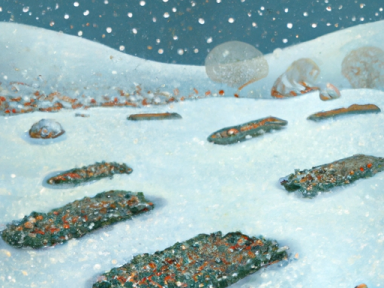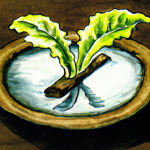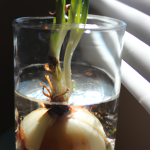
Winter Foraging Guide
Winter can be a challenging time for foragers. The cold temperatures and lack of greenery may lead you to believe there are no opportunities for finding food in the wild during this season. However, you might be surprised to discover that there are actually hidden treasures waiting to be found even in the coldest of months.
1. Tree Bark
During winter, when many plants lose their leaves, tree bark becomes a valuable resource. Certain types of tree bark, such as pine, birch, and poplar, can be harvested for their medicinal properties or used as a source of firewood. Pine bark contains compounds that act as natural pain relievers, while birch bark can be used to make a soothing tea for cold symptoms. Familiarize yourself with the different types of tree bark in your area and learn how to safely harvest and utilize them in various ways.
2. Pine Needles
Pine needles are readily available throughout the winter months and can serve as a valuable source of nutrition and flavor. Rich in Vitamin C, pine needle tea can help boost your immune system during cold and flu season. The needles can also be used as an aromatic seasoning for meat or added to soups and stews for an earthy flavor. Just make sure to properly identify the species of pine tree before foraging, as some varieties may be toxic.
3. Edible Mushrooms
Contrary to popular belief, mushrooms are not only a springtime delicacy. Certain types of fungi, such as oyster mushrooms and turkey tail mushrooms, can be found growing on dead wood even in winter. These mushrooms are not only delicious but also contain valuable nutrients and medicinal properties. As always, exercise caution when foraging for mushrooms and consult a field guide or expert to ensure you are harvesting edible varieties.
4. Rose Hips
Rose hips are the small, round fruits that develop on roses after the flowers have bloomed. While they may not be as visually appealing as their vibrant companions, they are packed with immune-boosting vitamin C. These tart, citrusy fruits can be made into a tasty tea or added to jams and jellies. Look for rose bushes in your area and harvest the hips before the birds get to them.
5. Nuts and Seeds
Many nuts and seeds are at their prime in the winter months. Acorns, for example, are found abundantly on oak trees and can be used to make flour or roasted for a nutritious snack. Likewise, you may stumble upon dormant milkweed pods, which contain nutritious seeds that can be sprouted or ground into a flour substitute. These valuable sources of fats and proteins are essential for survival during harsh winter conditions.
Conclusion
Don’t let the cold weather deter you from exploring the unexpected foraging opportunities that arise during winter. By familiarizing yourself with the edible resources in your area and practicing proper identification and harvesting techniques, you can supplement your food supply and bolster your self-reliance even in the harshest of conditions. Remember, nature always provides if we are willing to look.



GIPHY App Key not set. Please check settings